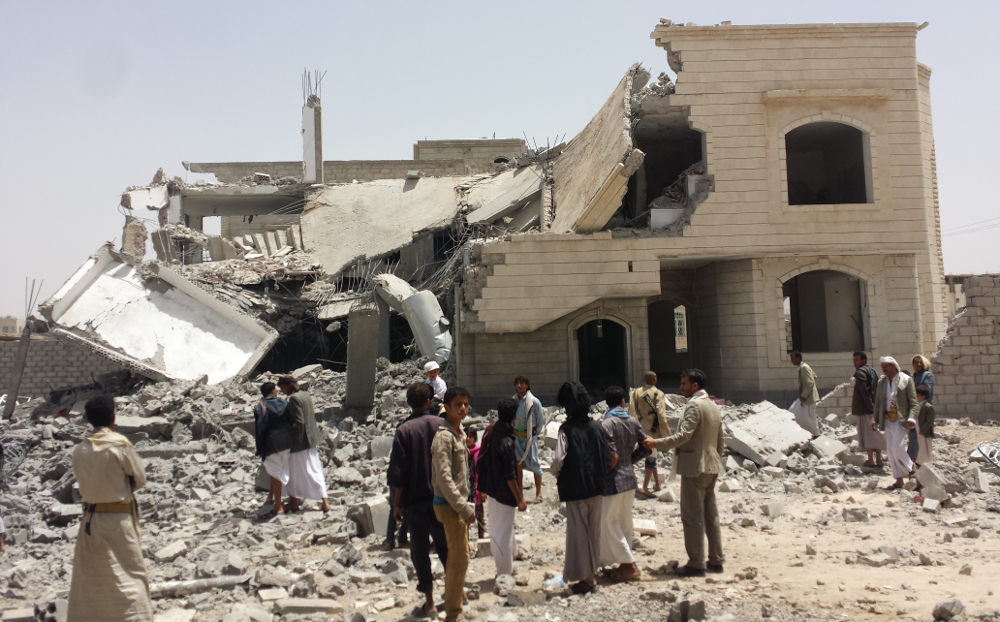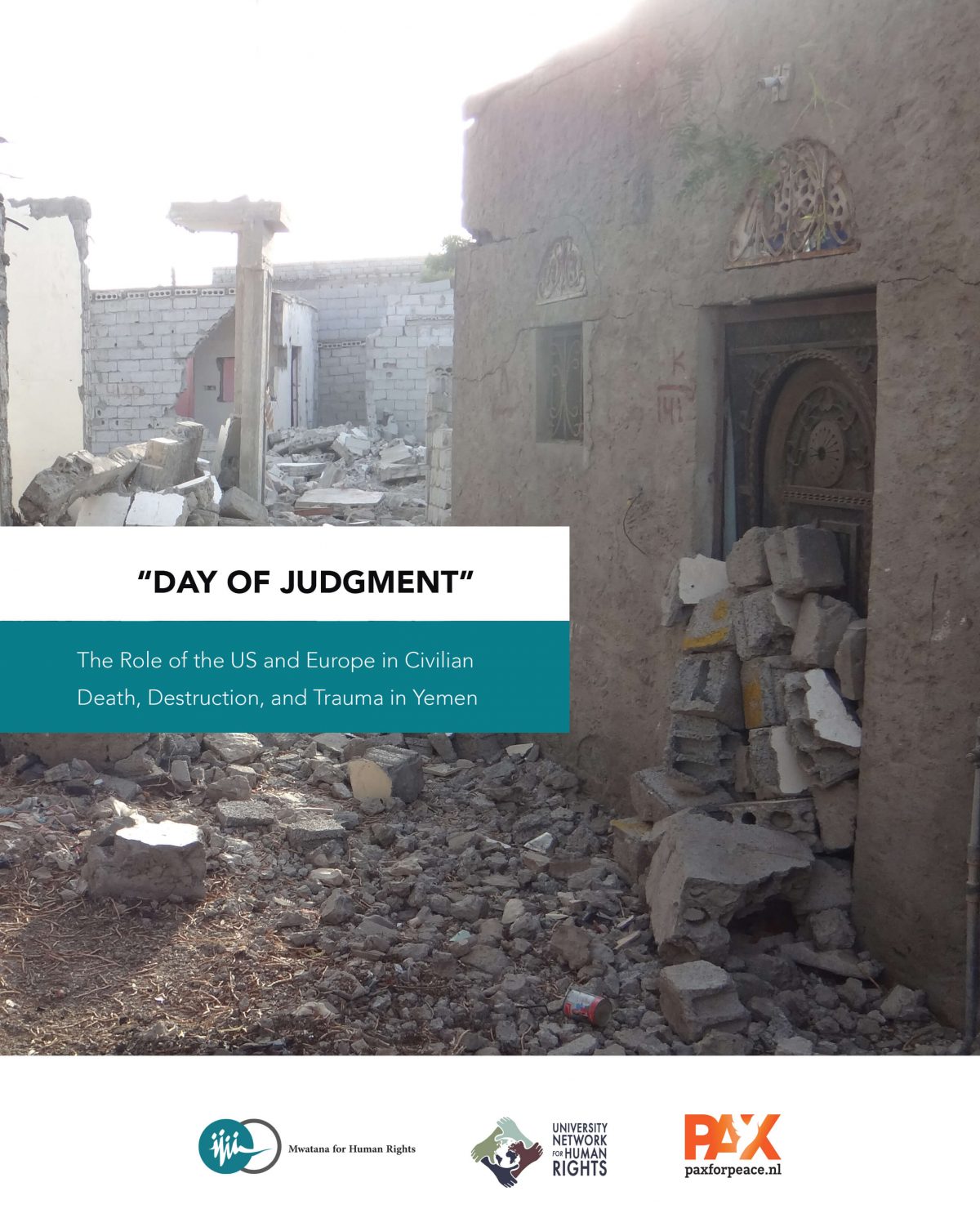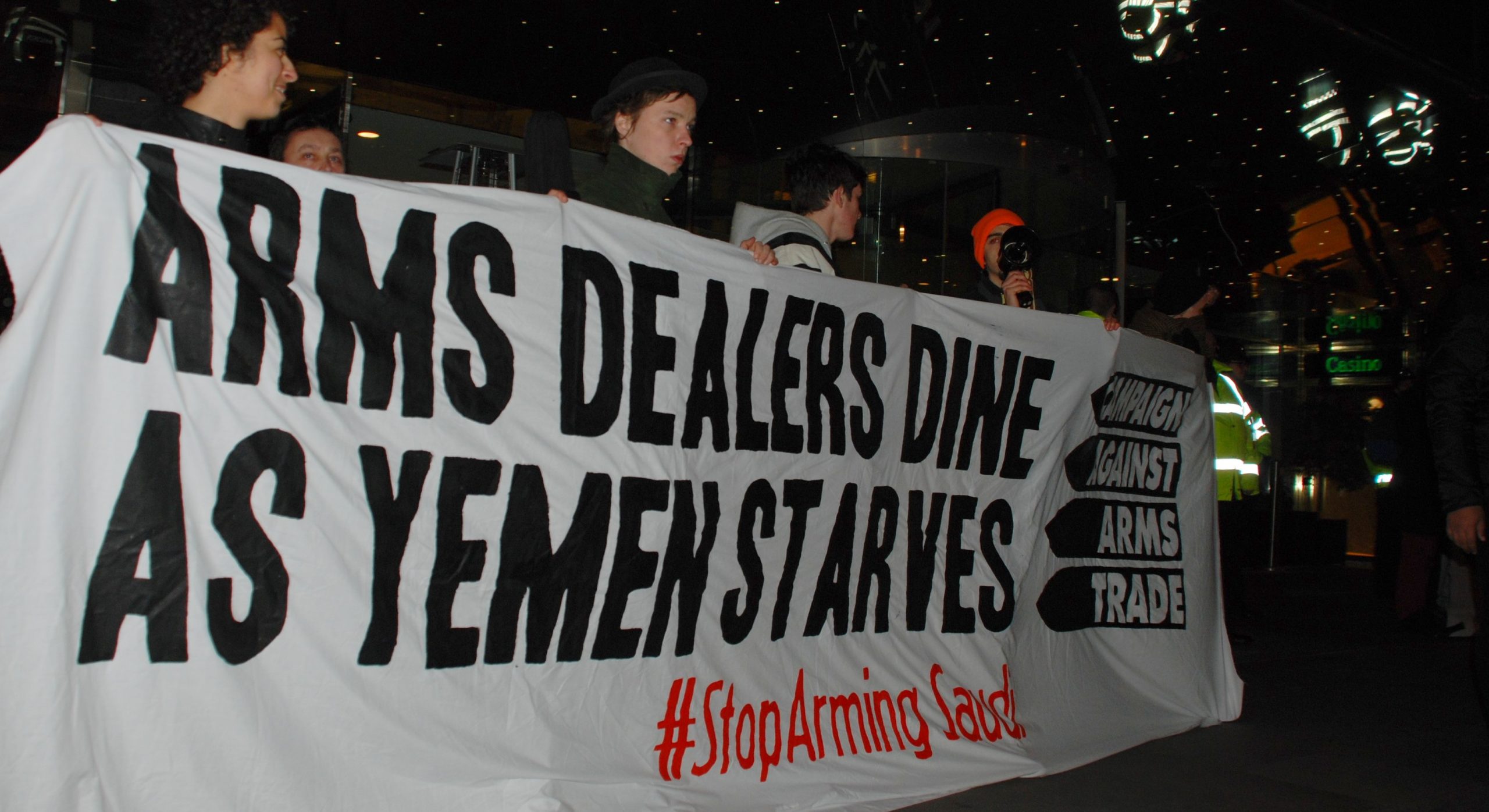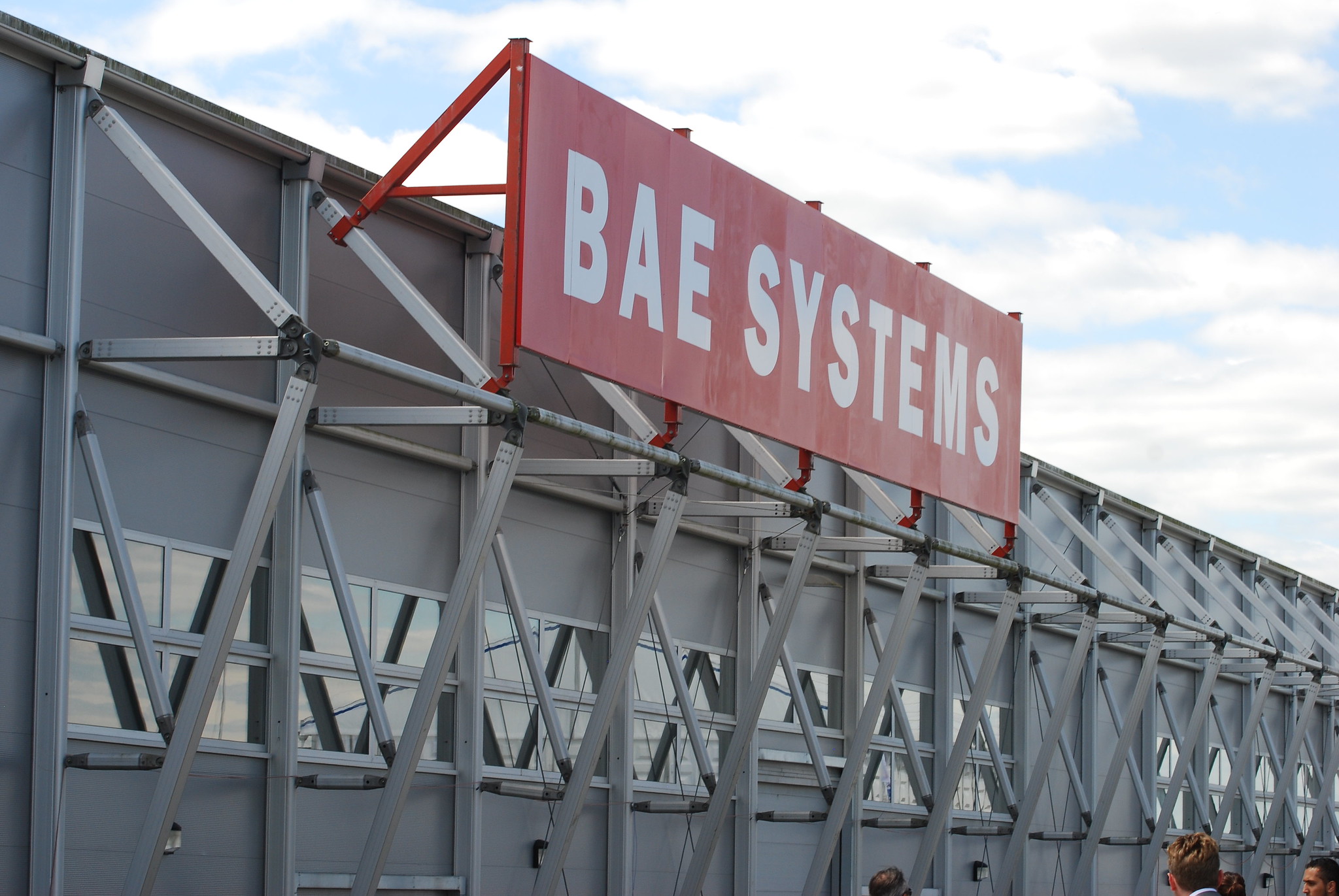All sides of the conflict: the Saudi-led Coalition, the Houthi fighters who control much of the country including the capital Sana’a, forces loyal to the internationally recognized Yemeni government of President Hadi, southern separatist forces supported by the UAE, various militia armed and trained by Saudi Arabia as part of the anti-Houthi forces, US forces through drone strikes, and groups such as Al Qaeda and ISIS, have all been responsible for numerous killings of civilians.
Reports from Yemeni NGOs such as Mwatana for Human Rights, international NGOs, and reports by the UN Panel of Experts on Yemen and the UN Group of Eminent Experts on Yemen have documented numerous violations of International Humanitarian Law (IHL) by all parties to the conflict.
The Saudi Coalition’s air war
According to the Yemen Data Project, the Saudi-led Coalition had carried out 25,054 air raids in Yemen up to the end of March 2022.
Of these, around 28% were against targets that were clearly identified as civilian. These included residential areas, schools and universities, hospitals, market places, civilian vehicles, mosques, factories and businesses, crucial infrastructure including transportation and water and energy facilities, sporting and cultural sites, and farms and other agricultural facilities.
A further 39% of the targets could not be identified. Only 32% were identified as military targets.
Air raids have frequently targeted civilian gatherings such as weddings and busy market places where there was no military target nearby, often with extremely deadly consequences.
Despite UK government claims that it provides training to the Coalition to improve their targeting practices to avoid civilian casualties, there has been no sign that this has reduced the deadly toll of the air raids. Many of these air raids, including those presented here, appear to be clear violations of IHL, an assessment shared by the UN Panel of Experts and NGOs. Some have been described as apparent war crimes.
In some cases, investigators either from the UN or NGOs have identified the types of weapons used in attacks from fragments found at the scene. Thus, specific US and UK-manufactured weapons have been tied to individual attacks violating IHL. These cases are documented in various UN Panel of Experts reports, and the report Day of Judgement by Yemeni NGO Mwatana for Human Rights.
An interactive timemap by Forensic Architecture shows details of hundreds of attacks on civilians up to mid-2019, combined with evidence of the complicity of European governments and arms companies. It also shows where particular attacks can be definitely, or possibly linked to specific supplier countries and companies.
The truce
On 2 April 2022, the parties to the conflict agreed a 2-month truce. This followed normalisation of relations between Saudi Arabia and Iran, mediated by China. The truce was renewed twice, but ended at the beginning of October. Despite this, there has not been a return to full-blown warfare, although sporadic fighting has continued both during and after the truce. Saudi Arabia and the Houthis have been engaged in protracted peace negotiations, but no breakthrough has yet been achieved, and the process does not yet directly include the official government of Yemen, or other armed groups such as the Southern Transitional Council, which seeks independence for southern Yemen.
Thankfully, air strikes by the Saudi-led coalition have not resumed, and there have been no air strikes since the beginning of the truce in April 2022. However, in the absence of an actual peace deal, the risk of a return to war, including Saudi air strikes, cannot be ruled out. Judging by UK arms export licences to Saudi Arabia during 2022, they have been replenishing their stocks of air-launched munitions, which would be used in the event of a resumption of hostilities.
The period since the truce has also seen some relaxation of Saudi restrictions on Houthi-held ports and airports, including allowing a limited number of flights from Sana’a airport. However, some restrictions remain, continuing to exacerbate Yemen’s parlous humanitarian situation.
Human rights abuses by all parties on the ground have remained rife, with the Houthis in particular becoming increasingly repressive in their rule in the areas they control. Women’s rights have suffered severely, with the Houthis banning women from travel without a male “guardian”. Repression of civil society has deepened across the country. Yemeni human rights group Mwatana for Human Rights have continued to investigate abuses by all parties, and to call for national and international efforts for accountability for violations – something which is currently almost completely absent.









